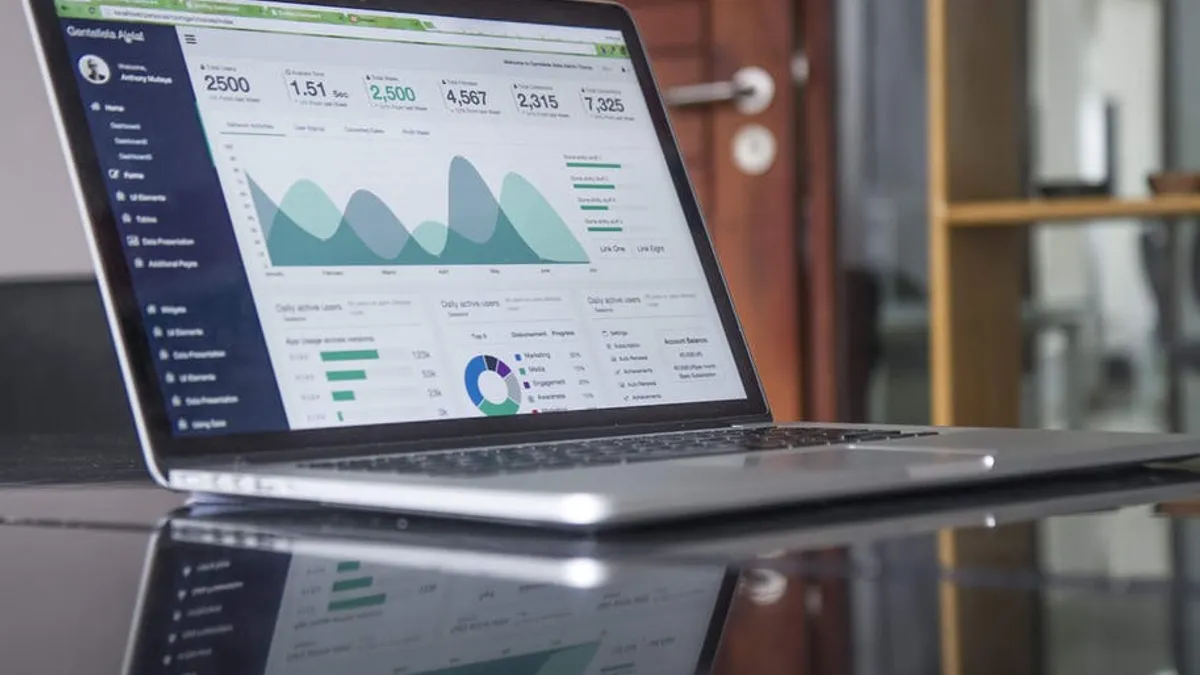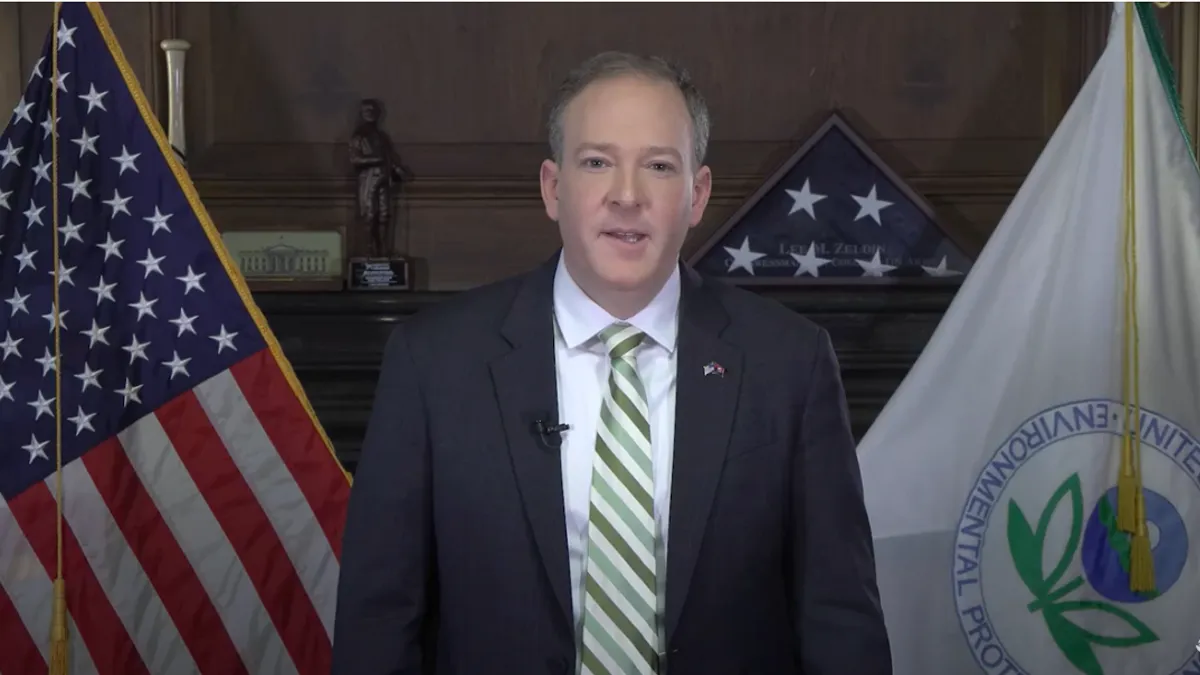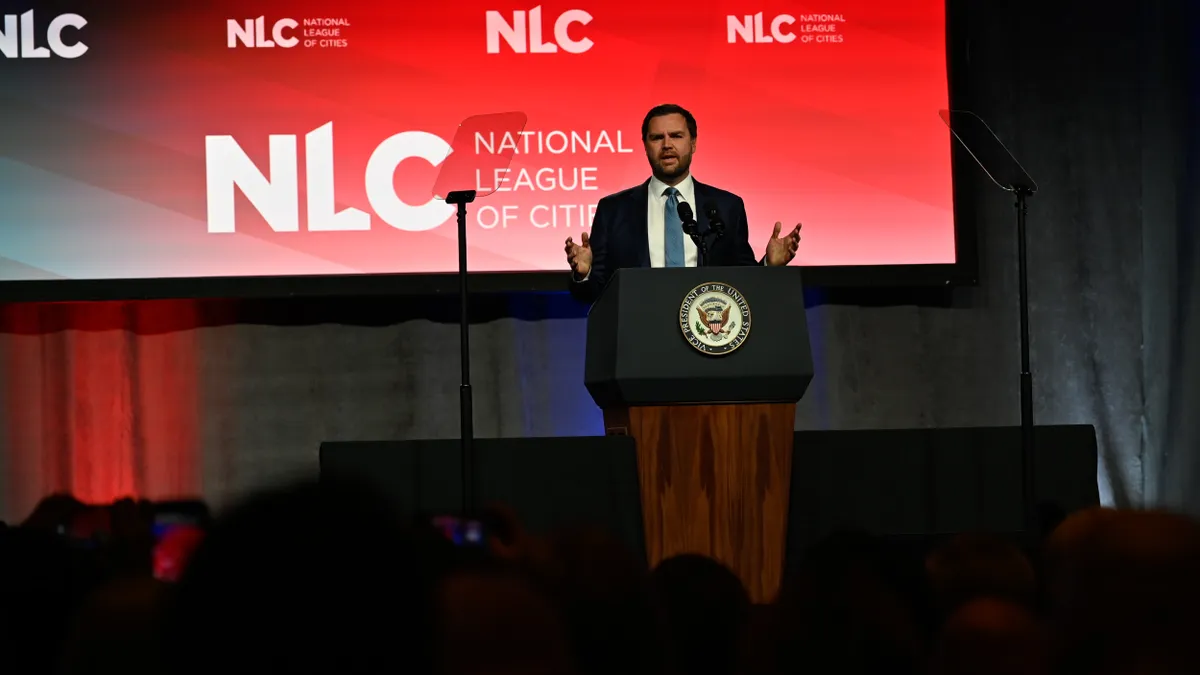Opening data is the start of many smart city journeys. That open data, of course, should consist of information that the city has collected for years, which may be siloed offline — but it also needs to include data collected from new cameras and other sensors that are a part of other smart cities projects.
By one count, there are 105 U.S. open data policies or directives across 85 jurisdictions. That means, of course, that there are plenty of cities left in the U.S. that could begin to work on data policies. For cities looking to get into the open data game, there are organizations like What Works Cities and the Sunlight Foundation that offer guidance and provide best practices.
The Sunlight Foundation provides 31 guidelines that are broken down into three main areas with examples for each: what data should be public, how to make data public and how to implement policy.
What data should be public
The first step is figuring out which data should be included — and that includes making sure sensitive information isn't shared and that the public will have a way to access information that is made public.
"A lot of people that don’t understand open data are worried that everything is just going to go online," said Alyssa Doom, the open cities project manager at the Sunlight Foundation. "That’s not really the way it works in cities."
Maintaining a public list of what information a city holds is critical to having a strong open data policy. If a city doesn't know what data it has collected and stored away, there's no true way for city officials to determine what data to share. Making the list of collected data public adds a layer of accountability — residents can have some oversight, seeing what data are being shared and what data are being excluded.
Perhaps most importantly, though, is safeguarding sensitive information. Cities will inevitably collect data about individuals or households, and releasing all that data at an individual level brings with it privacy and safety concerns. However, that data can be anonymized or released in aggregate. That way, the data are still shared and accessible, but privacy concerns are met.
How to make data public
How to make data public, what format documents and data should be in, and where they should be hosted are all important factors to consider when making sure the public has maximum and easy access to data.
"Believe it or not, cities are getting a lot of feedback when they put [data] out there," said Simone Brody, the executive director of What Works Cities. "You want people to use the data ... You don’t want to put it out there to just put it out there."
An important step to consider while making data public is providing data in more than one format. An example provided by the Sunlight Foundation is a government report that includes datasets within it. The report itself may be most legible and digestible as a PDF, but it is difficult to manipulate or process data that are in a PDF format. To get around this problem, the foundation says, a structured dataset should be released along with the PDF report.
It's also important, according to the Sunlight Foundation's guidelines, to remove restrictions and licensing fees from datasets. Users should not have to register for anything to access data, nor should they have to pay to download files or be limited in how much data they can access.
How to implement policy
There's no use in creating a policy if it can't be implemented. To ensure implementation, the foundation recommends securing sufficient funding, setting "appropriately ambitious" timelines and creating or appointing some sort of oversight authority.
The last step in beginning an open data policy is setting up and mandating future reviews of the policy. Reviews to determine if people are using the data and how to make the data more accessible are both critical to the whole mission of open data.
Some of the earliest versions of open data policies are getting a refresher, as cities learn what goes into an ongoing project.
"I think a lot of folks didn't think through how they'd sustain their policies," Doom said.
Open data in action
One jurisdiction that has updated its open data policies and practices is Kansas City, MO. The city launched its Open Data portal in January 2013 and did a refresh in 2015, implementing 16 more of Sunlight Foundation’s best practices.
Eric Roche, Kansas City’s chief data officer, said that there are 5,000 or so data sets online, but that many of them are PDFs, which they are working to clear from the website.
"It’s not what we mean by 'open data' anymore," Roche said.
There is a new focus in Kansas City on data that can be updated daily — like 311 call data, which is added twice a day, and data regarding code violations, which is updated every day.
Roche said he doesn't want there to be any question of whether data is up to date. The portal should be a place that users trust to be as fresh as possible, he said.
Another initiative that has grown with the open data policy is KCStat. Launched in 2011, KCStat was a data collection effort for street maintenance, water line maintenance, water billing and customer service, code enforcement and animal control. While it didn't start as a traditional open data project, KCStat has grown along with the city’s use of data.
In 2013, KCStat added an online dashboard that used data to monitor progress toward the city council’s strategic priorities. Every month, Kansas City officials have a public meeting to share their progress, with KCStat to back up (or call out) the work.
"We’re really proud of it, it's two layers of transparency," Roche said.
This year, Kansas City also launched a platform called KCMO Smart City Access, which has a live view for traffic, where parking spots are available and speed through intersections. All these projects are working toward empowering residents to know their city better with the data they help create.
"We are really trying to drive neighborhoods and add data layers when we can," Roche said.


















